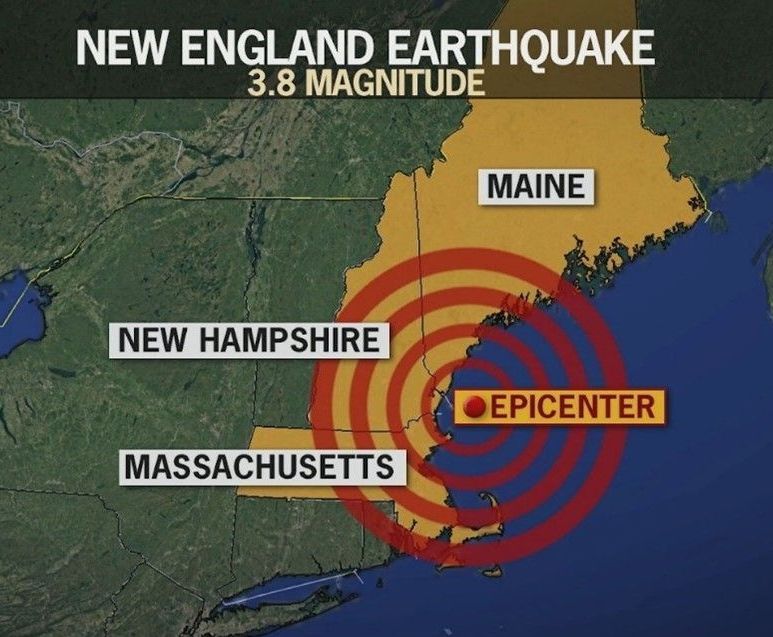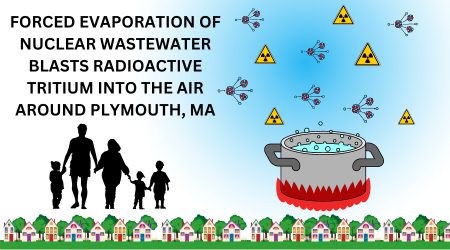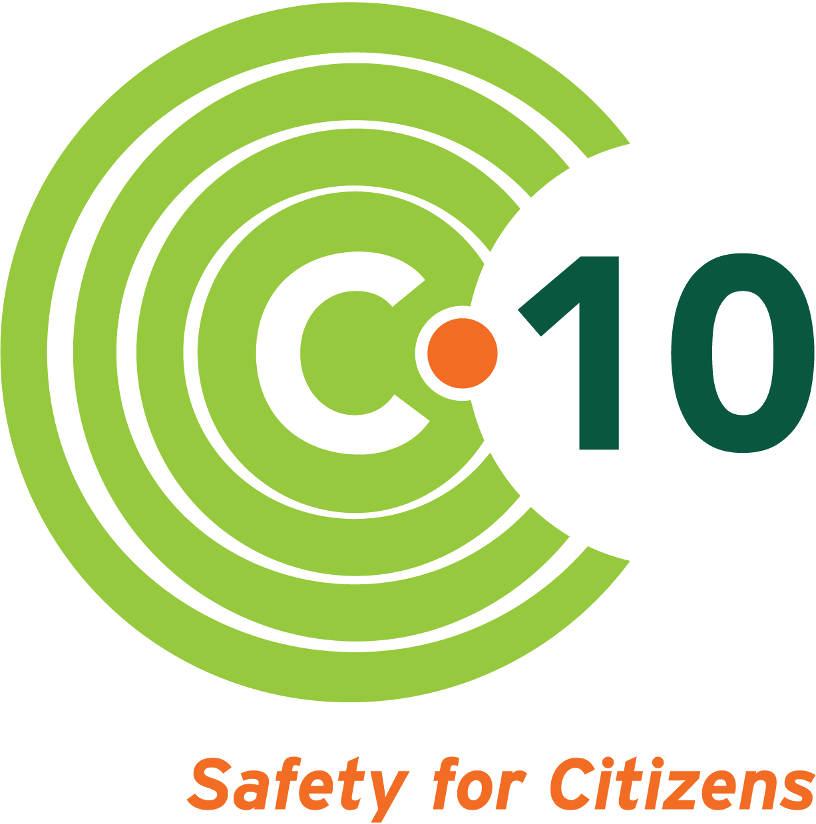I-Team Keeps the Focus on Safety Concerns at Seabrook Station
- By C-10 staff
- •
- 25 Jan, 2022
Senator Ed Markey, C-10's director featured in TV news story on nuclear plant's degrading concrete
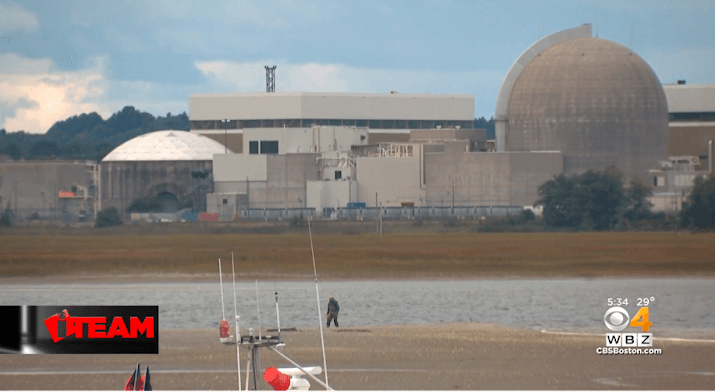
"NextEra's going to be pissed."
That's what one of our supporters said when they saw the latest I-Team story on Seabrook Station's degrading concrete, and how US Senators Ed Markey and Elizabeth Warren have joined C-10 in pressing for stronger oversight of the incurable problem known as "concrete cancer."
C-10 has been calling for better science and tougher regulation of the alkali-silica reaction (ASR) plaguing Seabrook for over a dozen years (see overview). This is especially important because Seabrook is the first commercial reactor in the US known to have the problem, thus federal regulation guiding its management is sorely lacking.
While it's concerning that ASR is getting worse and nobody seems to know how bad it is deep inside the structures meant to contain deadly radiation, it is encouraging that a leading TV news station is shining their spotlight on the story, and educating the public about the issue.
Seabrook's owner probably wishes that C-10 would go away.
Well, our job as nuclear safety watchdogs entails ruffling a few feathers once in a while.
What can we say? NextEra Energy Seabrook has a duty to the public to do everything they can to keep us safe. Of course, as a merchant power plant, they have a few other competing interests as well.
That's not to say that there aren't good people at Seabrook who are trying to do the right thing. But right now, aside from a vague and open-ended indication from the US Nuclear Regulatory Commission (NRC) that NextEra is working on plans for how to address the most degraded structures, we don't know a lot.
Not good enough for C-10, and not good enough for Senator Markey, who chairs the Senate Environment and Public Works Subcommittee on Clean Air, Climate, and Nuclear Safety.
That's what one of our supporters said when they saw the latest I-Team story on Seabrook Station's degrading concrete, and how US Senators Ed Markey and Elizabeth Warren have joined C-10 in pressing for stronger oversight of the incurable problem known as "concrete cancer."
C-10 has been calling for better science and tougher regulation of the alkali-silica reaction (ASR) plaguing Seabrook for over a dozen years (see overview). This is especially important because Seabrook is the first commercial reactor in the US known to have the problem, thus federal regulation guiding its management is sorely lacking.
While it's concerning that ASR is getting worse and nobody seems to know how bad it is deep inside the structures meant to contain deadly radiation, it is encouraging that a leading TV news station is shining their spotlight on the story, and educating the public about the issue.
Seabrook's owner probably wishes that C-10 would go away.
Well, our job as nuclear safety watchdogs entails ruffling a few feathers once in a while.
What can we say? NextEra Energy Seabrook has a duty to the public to do everything they can to keep us safe. Of course, as a merchant power plant, they have a few other competing interests as well.
That's not to say that there aren't good people at Seabrook who are trying to do the right thing. But right now, aside from a vague and open-ended indication from the US Nuclear Regulatory Commission (NRC) that NextEra is working on plans for how to address the most degraded structures, we don't know a lot.
Not good enough for C-10, and not good enough for Senator Markey, who chairs the Senate Environment and Public Works Subcommittee on Clean Air, Climate, and Nuclear Safety.
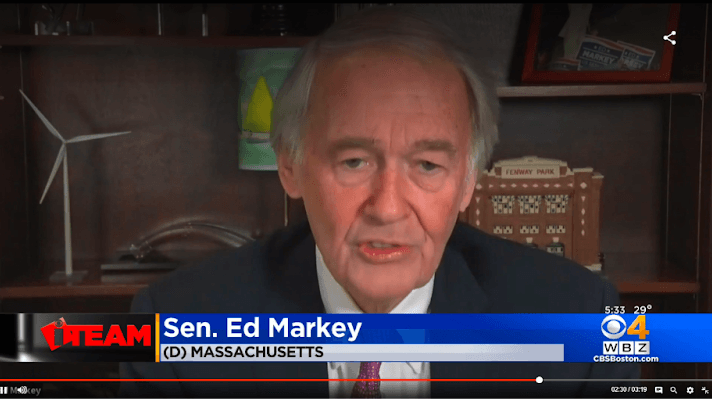
“The concrete degradation is happening faster than expected and it is absolutely imperative that as a result, we have a review,” said Senator Markey.
“We have to make sure it’s safe, we have to make sure that concrete is going to hold… that requires critical questions to be asked and answered,” Markey told Chief Investigative Reporter Cheryl Fiandaca of WBZ-TV's I-Team.
What we do know is that any efforts to remediate any of the seven safety-related structures that are so degraded so as to render them "outside of their licensing design basis" would entail massive engineering efforts and major investments.
It's clearly in NextEra's financial interest to delay and obfuscate, to the extent that the NRC accepts it.
That's why C-10 is pushing so hard for specifics, and a timeline on what the company proposes to do. And that's why Congress, which oversees the NRC, must put pressure on the agency to elevate these concerns and provide answers.
“We have to make sure it’s safe, we have to make sure that concrete is going to hold… that requires critical questions to be asked and answered,” Markey told Chief Investigative Reporter Cheryl Fiandaca of WBZ-TV's I-Team.
What we do know is that any efforts to remediate any of the seven safety-related structures that are so degraded so as to render them "outside of their licensing design basis" would entail massive engineering efforts and major investments.
It's clearly in NextEra's financial interest to delay and obfuscate, to the extent that the NRC accepts it.
That's why C-10 is pushing so hard for specifics, and a timeline on what the company proposes to do. And that's why Congress, which oversees the NRC, must put pressure on the agency to elevate these concerns and provide answers.

The WBZ-TV story highlighted the unknowns with Seabrook's concrete troubles, which, as
NRC inspectors have made clear, is worse than anticipated and progressing faster than expected.
See this recent blog by C-10 board member Sarah Doenmez for more on the NRC's Seabrook inspection report that triggered renewed calls for heightened scrutiny of ASR at Seabrook.
C-10 serves as a nuclear safety watchdog, tracking and speaking out about concerns at Seabrook, and reminding the public that living near a nuclear power plant requires some extra care and thought when it comes to emergency preparedness.
After all, our name stands for "citizens within the ten-mile radius"—the designated emergency planning zone around Seabrook Station and each of the nation's nuclear reactors.
“For those of us who live here, we have to think about it. We have to think about how would we evacuate. Where we would get our kids,” said Treat, who is herself the mother of a young child, and lives about five miles from the plant.
“Parents of children who live in a 10-mile radius, we have to sign permission slips to let the school give them potassium iodide to protect their thyroid if there were an accident," Treat told Fiandaca.
"These are the kind of silent burdens that we live with living near a nuclear plant. So that’s why we need to make sure it’s safe,” said Treat.
See this recent blog by C-10 board member Sarah Doenmez for more on the NRC's Seabrook inspection report that triggered renewed calls for heightened scrutiny of ASR at Seabrook.
C-10 serves as a nuclear safety watchdog, tracking and speaking out about concerns at Seabrook, and reminding the public that living near a nuclear power plant requires some extra care and thought when it comes to emergency preparedness.
After all, our name stands for "citizens within the ten-mile radius"—the designated emergency planning zone around Seabrook Station and each of the nation's nuclear reactors.
“For those of us who live here, we have to think about it. We have to think about how would we evacuate. Where we would get our kids,” said Treat, who is herself the mother of a young child, and lives about five miles from the plant.
“Parents of children who live in a 10-mile radius, we have to sign permission slips to let the school give them potassium iodide to protect their thyroid if there were an accident," Treat told Fiandaca.
"These are the kind of silent burdens that we live with living near a nuclear plant. So that’s why we need to make sure it’s safe,” said Treat.
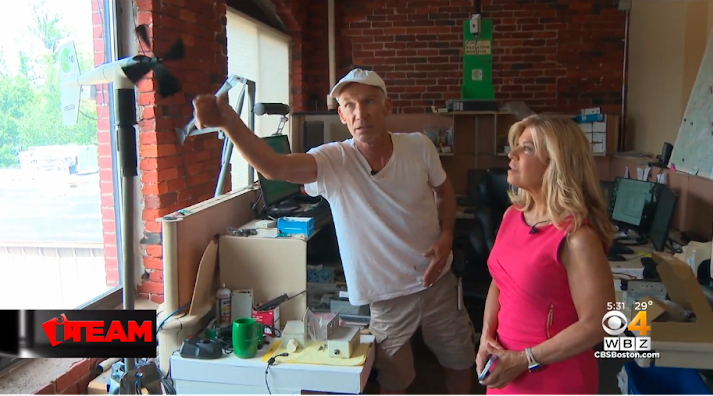
We are grateful to journalists like Fiandaca, who are helping to raise awareness among the public, and also keep the spotlight on the role that federal regulators and elected officials play in holding Seabrook's owners accountable to putting the highest possible emphasis on safety.
Seabrook Station is currently licensed to operate until 2050. However long the plant generates electricity, the legacy of atomic power—and the impact on public health and the environment—will be very, very long-term.
C-10 will continue to operate our real-time radiological monitoring network in the communities surrounding the plant, which we've done under contract with the Massachusetts Department of Public Health since 1992.
We'll also continue our watchdog efforts—tracking and speaking out about regulatory issues and safety and security concerns at the plant.
Sorry NextEra. We're not going anywhere; this is our home.
Seabrook Station is currently licensed to operate until 2050. However long the plant generates electricity, the legacy of atomic power—and the impact on public health and the environment—will be very, very long-term.
C-10 will continue to operate our real-time radiological monitoring network in the communities surrounding the plant, which we've done under contract with the Massachusetts Department of Public Health since 1992.
We'll also continue our watchdog efforts—tracking and speaking out about regulatory issues and safety and security concerns at the plant.
Sorry NextEra. We're not going anywhere; this is our home.
Glad that C-10 exists? Please join us.
Make a secure gift online at c10.kindful.com. If you're interested in getting more involved by volunteering or serving on a committee, please contact us at info@c-10.org. You can follow us on social media, and share with a friend. Thanks!
Follow us

